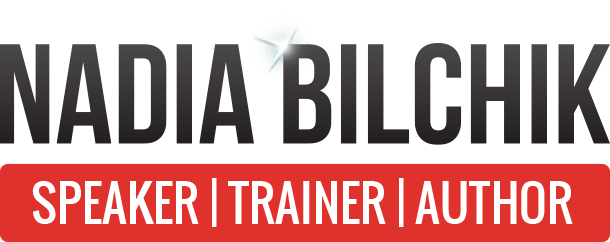For many of us, synonymous with the start of a New Year are resolutions. I once spoke to Dr. Eric Plasker, Health & Wellness expert, and author of The 100 Year Lifestyle, for a CNN Sunday interview on this very subject.“New Year has come and gone, and every year the same thing happens. You make resolutions, and within a few weeks, it’s all gone – the enthusiasm and the hope… Once again, the New Year’s resolution has fizzled out. We feel deflated, sad and guilty: we broke our promises to ourselves. Statistics bear this out. They show that somewhere in the vicinity of 97% of New Year’s resolutions won’t be kept, so what do you do to have a positive impact in the New Year?”
It’s time for your personal New Year’s Revolution. If you’re tired of making resolutions that last only a day, a week or a month it’s time to permanently make the changes that you know you need to make that will improve the quality of your life. Here are a few tips from Dr. Plasker.
- Q Being healthier is usually on everyone’s New Year’s resolution list. Why don’t we stick to this?
CREATE A NEW ENERGY PATTERN
We often create dominant energy patterns — thoughts, actions and behaviors — that can be contrary to our New Year’s resolutions. If we remain in the same energy patterns, we’re most likely not going to stick to any resolutions we have made. The solution is that we need to revolt against our old energy patterns and consciously create new ones in their place that will then allow us to make our New Year’s Resolutions our new lifestyle.
- Q How can we make this year healthier and less stressful?
DRAW ALINE IN THE SAND
Let go of the intolerable things in your life that can sabotage your potential and keep you from enjoying your best life every day. Don’t be tempted to cross over. Draw a line in the sand by creating an “Intolerable List” — a list of habits or destructive patterns of behavior — and use this list to give yourself the edge and break any addictions that you may have causing stress and compromising your health.
- Q How do we mentally prepare ourselves for the New Year financially?
PRIME TIME, PREP TIME AND PLAY TIME
Commit to making this a transition year. Break your time into three categories: Prime Time, Prep Time and Play Time. Prime Time is the time that you’re working to create income, Prep Time is organization and strategic planning time and Play Time is time outside of work where you’re enjoying your family, hobbies, etc. In a transition year you need more Prep Time to do your homework and prepare yourself for your next big thing.
- Q We all know what we SHOULD be doing. What STOPS us?
CHOOSE QUALITY OF LIFE MOTIVATION
Most of us choose depriving or negative motivation in our lives. We tend to focus on what we want to get rid of — the depriving aspects of behavioral change — instead of focusing on the positive things we want to gain. We choose crisis motivation instead of quality of life motivation. This adds more stress to our lives, puts us in a constant state of deprivation and ultimately this chronic deprivation wears us out. When we choose a quality of life motivation, and look at the benefits of our lifestyle changes, and what we’re gaining instead of what we’re losing, we’re able to truly enjoy our new lifestyle. Quality of life motivation is to being healthy, setting a personal record, getting in the best shape of your life, saving an extraordinary amount of money, and building meaningful relationships. If you want to create a New Year’s Revolution where you actually make the changes, you must connect to a core motivation that can drive you and sustain you.
- Q If we were going to focus on one aspect of improving our health this year, what should it be?
GET YOUR “ESS” IN SHAPE
Commit to getting your “ESS” in shape — your Endurance, Strength and Structure.
- Endurance — Set goals and continue to challenge yourself. Increase the time and intensity of your cardiovascular exercise by 10 percent each month. Wear a heart rate monitor — it’ll help you monitor this increase without over-exercising.
- Strength — Mix it up! Use free weights one week and machines another week. Do yoga or pilates another week to vary the workout. Do pushups in a doorway or squats from the chair — use ankle weights to introduce resistance or your own body weight. Work with a trainer and customize a program for yourself with very specific personal goals.
- Structure — Take care of your spine and monitor your posture. If you sit for long periods of time use the 50/10 rule-for every 50 minutes you sit get up and walk around for 10. The spine was made for mobility so this movement keeps the spine lubricated, flexible young and healthy.



